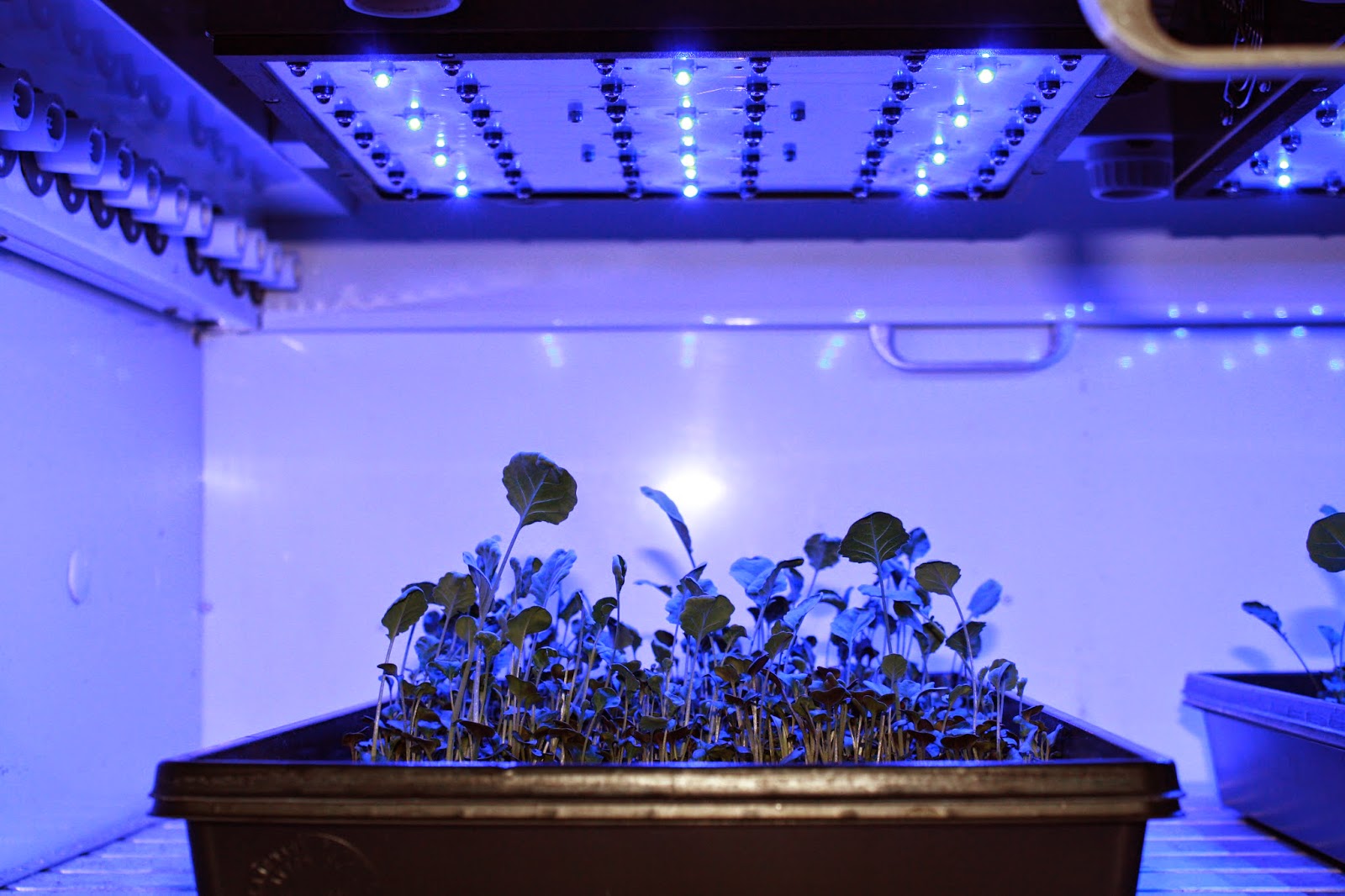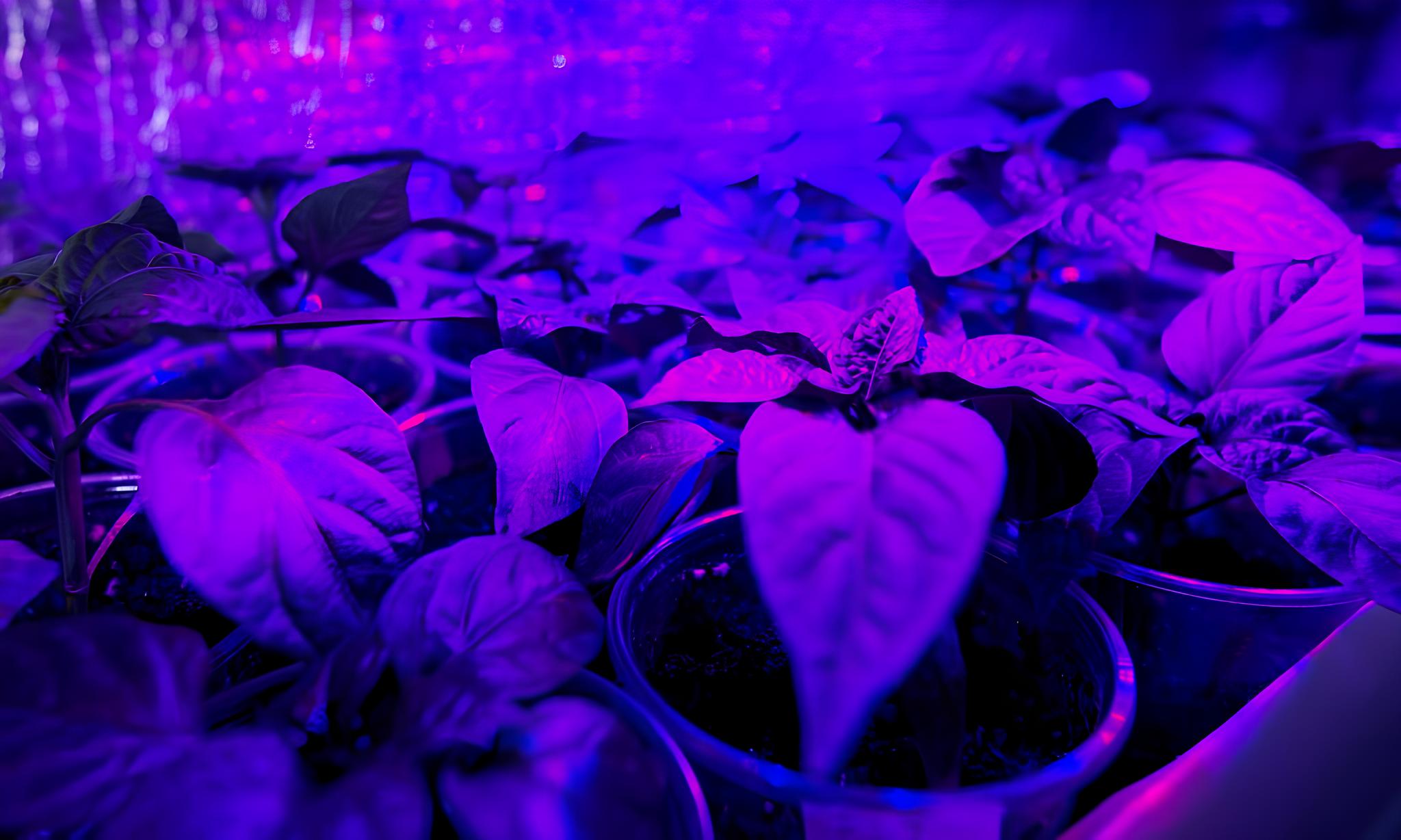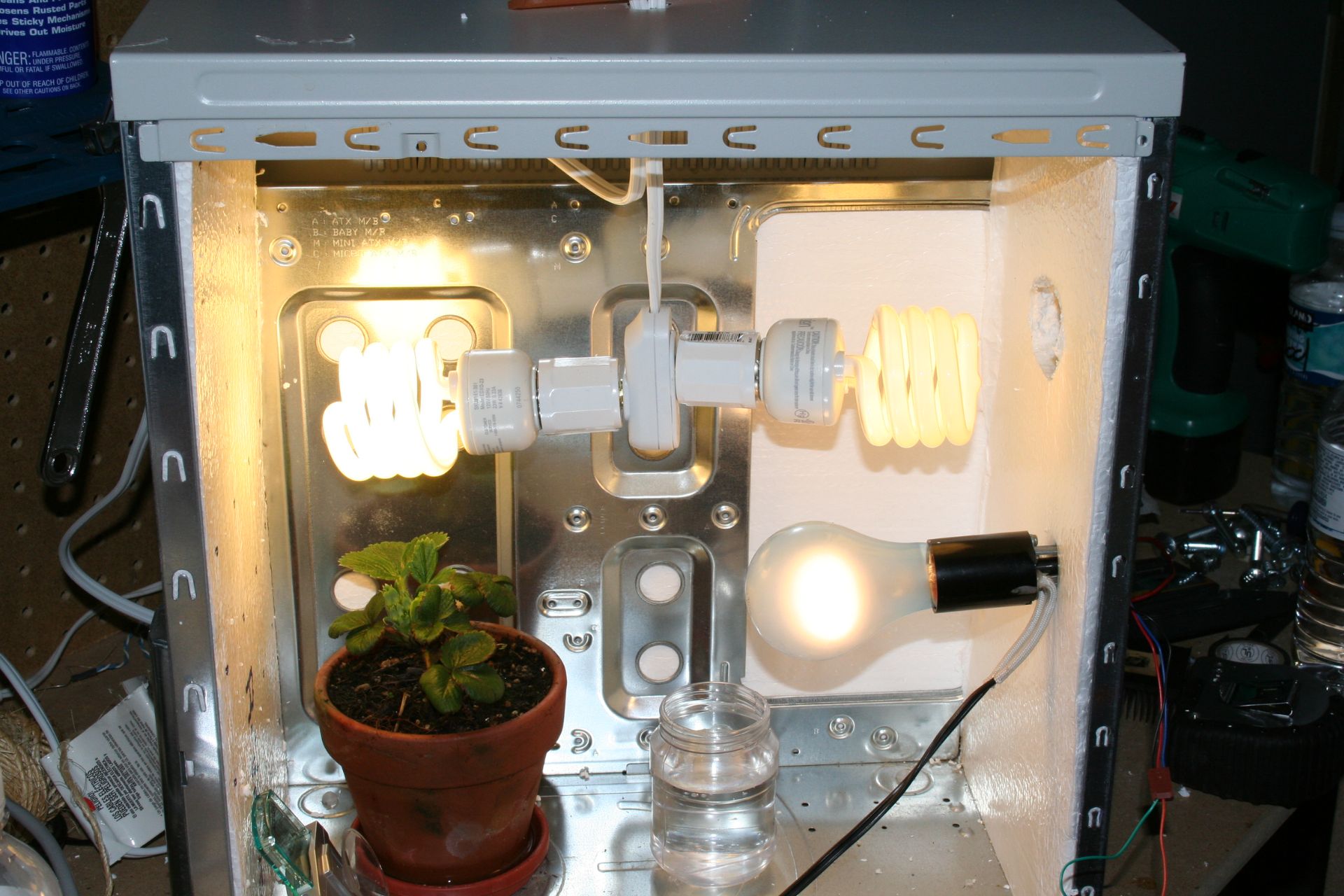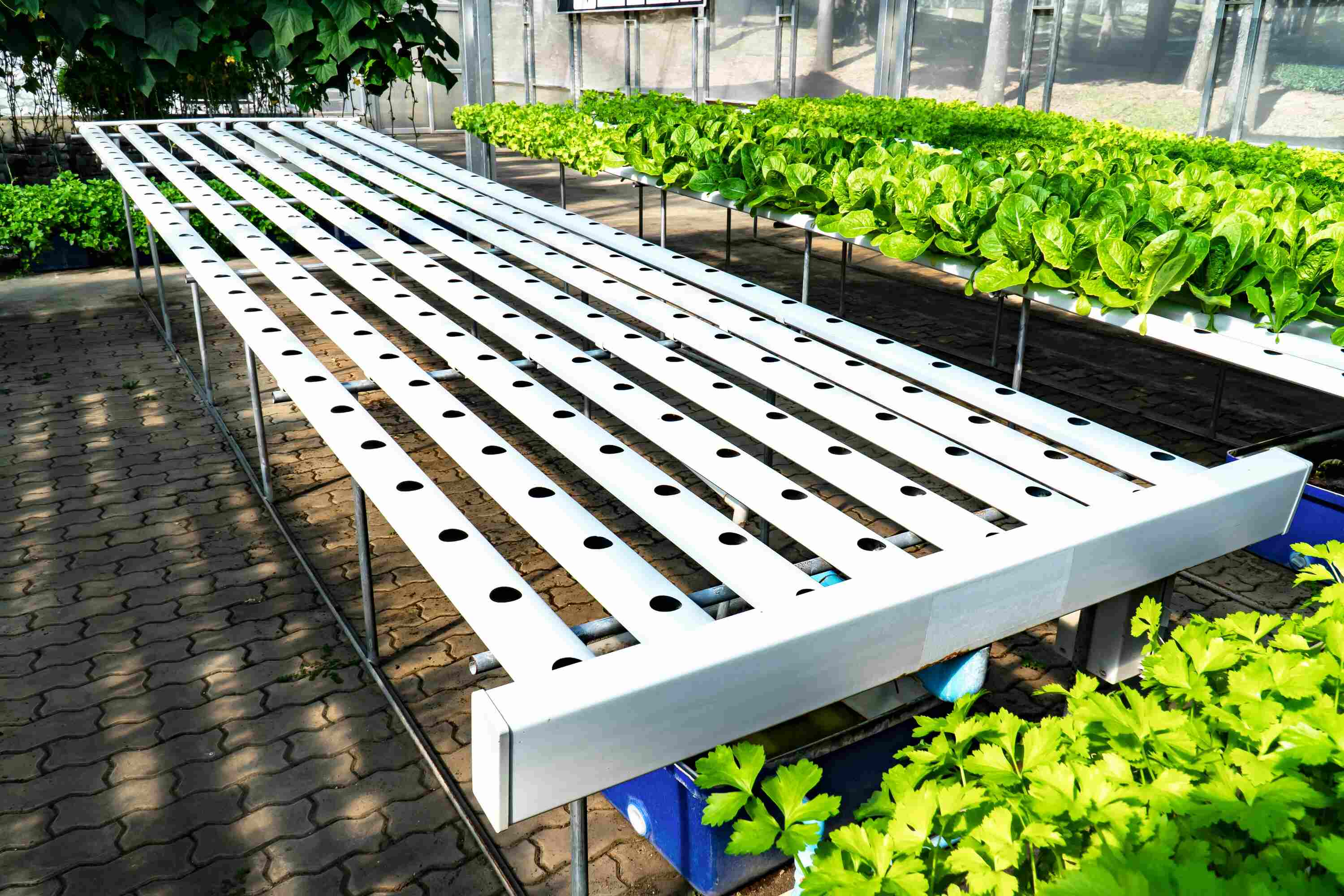Introduction
Photosynthesis is a fundamental process that sustains life on Earth. It is the remarkable mechanism through which green plants, algae, and certain bacteria convert light energy into chemical energy, ultimately producing the oxygen we breathe and serving as the foundation of the food chain. Understanding the intricacies of photosynthesis unlocks insights into the remarkable ways in which plants thrive and contribute to the balance of our ecosystem.
The significance of photosynthesis extends far beyond the realm of botany; it permeates various facets of our daily lives. From the air we breathe to the food we consume, the implications of photosynthesis are profound and far-reaching. Moreover, the role of light in this process is particularly fascinating, as it serves as the primary energy source driving the entire photosynthetic mechanism.
In this article, we will delve into the basics of photosynthesis, exploring the pivotal role of light and the specific importance of blue light in this intricate biological process. By gaining a deeper understanding of these concepts, we can appreciate the profound impact of photosynthesis on our world and gain insights into how we can optimize conditions to support the growth and vitality of plants.
Let's embark on this enlightening journey to unravel the mysteries of photosynthesis and gain a newfound appreciation for the remarkable interplay of light and life.
What is Photosynthesis?
Photosynthesis is a complex biochemical process that occurs in green plants, algae, and certain bacteria. It is the mechanism through which these organisms harness light energy from the sun and convert it into chemical energy, which is stored in the form of glucose or other organic compounds. This process not only serves as the primary source of energy for the plant itself but also has far-reaching implications for the entire ecosystem.
At its core, photosynthesis can be broken down into two main stages: the light-dependent reactions and the light-independent reactions, also known as the Calvin cycle. During the light-dependent reactions, light energy is absorbed by chlorophyll, the green pigment found in the chloroplasts of plant cells. This energy is used to split water molecules into oxygen, protons, and electrons. The released oxygen is a byproduct of this reaction and is vital for sustaining life on Earth. The electrons and protons, on the other hand, are utilized to generate chemical energy in the form of ATP (adenosine triphosphate) and NADPH (nicotinamide adenine dinucleotide phosphate).
The ATP and NADPH produced during the light-dependent reactions are then utilized in the Calvin cycle, where carbon dioxide is fixed and converted into glucose. This process is essential for the synthesis of organic compounds that serve as the building blocks for plant growth and development.
Photosynthesis is not only crucial for the production of organic matter but also plays a pivotal role in regulating the Earth's atmosphere. The absorption of carbon dioxide during photosynthesis helps mitigate the accumulation of this greenhouse gas, thereby influencing global climate patterns. Additionally, the release of oxygen as a byproduct of photosynthesis is indispensable for supporting aerobic respiration in organisms, including humans.
In essence, photosynthesis is the cornerstone of life on Earth, driving the production of oxygen and serving as the primary source of organic nutrients for all living organisms. By understanding the intricacies of this process, we can gain a deeper appreciation for the interconnectedness of life and the vital role that plants play in sustaining the delicate balance of our planet's ecosystems.
The Role of Light in Photosynthesis
Light is the fundamental driving force behind the process of photosynthesis. It serves as the primary source of energy that initiates and sustains the intricate biochemical reactions occurring within plant cells. The electromagnetic spectrum encompasses a broad range of light wavelengths, but it is the specific wavelengths within this spectrum that are crucial for fueling photosynthetic processes.
Plants contain specialized organelles called chloroplasts, which house the pigment chlorophyll. This pigment is adept at absorbing light, particularly in the blue and red regions of the spectrum. When light strikes a chlorophyll molecule, it excites electrons within the pigment, initiating a cascade of energy transfer and chemical reactions that culminate in the synthesis of organic compounds.
The absorption of light energy by chlorophyll triggers the process of electron transport, leading to the generation of ATP and NADPH, which are essential for driving the subsequent stages of photosynthesis. This light-dependent phase is pivotal for splitting water molecules, releasing oxygen, and producing the energy carriers that power the synthesis of glucose during the Calvin cycle.
The quality and quantity of light significantly influence the rate and efficiency of photosynthesis. While various wavelengths of light can drive photosynthetic reactions, certain wavelengths are particularly effective in stimulating chlorophyll and maximizing electron excitation. Blue light, with its relatively short wavelength, is particularly adept at energizing chlorophyll molecules and promoting the release of oxygen during the light-dependent reactions.
In addition to blue light, red light also plays a crucial role in photosynthesis, driving the production of ATP and NADPH. The combined action of these light wavelengths creates an optimal environment for the efficient conversion of light energy into chemical energy, thereby facilitating the synthesis of organic compounds essential for plant growth and development.
Understanding the intricate interplay between light and photosynthesis unveils the remarkable adaptability of plants to harness energy from their environment. By optimizing light conditions, whether through natural sunlight or artificial lighting in controlled environments, we can enhance the productivity and vitality of plants, ultimately contributing to agricultural sustainability and ecosystem resilience.
In essence, light serves as the catalyst that propels the transformative process of photosynthesis, underscoring its pivotal role in sustaining life and shaping the intricate web of ecological interactions that define our natural world.
Understanding the Importance of Blue Light
Blue light, with its relatively short wavelength and high energy, plays a pivotal role in driving the photosynthetic process within plants. While red and blue light are both essential for photosynthesis, blue light's specific impact on plant growth and development is particularly noteworthy.
Activation of Chlorophyll
One of the key reasons for the importance of blue light lies in its ability to effectively activate chlorophyll, the primary pigment responsible for capturing light energy during photosynthesis. When chlorophyll molecules absorb blue light, they undergo a process of excitation, leading to the initiation of electron transport and the subsequent generation of ATP and NADPH. This energy-rich output fuels the synthesis of organic compounds and drives essential biochemical reactions within the plant cells.
Stimulation of Phototropism and Photomorphogenesis
Beyond its role in energizing chlorophyll, blue light also influences plant growth and morphology through processes known as phototropism and photomorphogenesis. Phototropism refers to the plant's ability to grow towards a light source, a phenomenon that is particularly responsive to blue light. Additionally, blue light is instrumental in regulating photomorphogenesis, which encompasses the developmental changes in plants in response to light. This includes the regulation of leaf expansion, stem elongation, and the formation of chloroplasts, all of which are crucial for optimizing the plant's ability to capture and utilize light energy.
Enhancement of Photosynthetic Efficiency
The unique ability of blue light to penetrate deep into the plant canopy contributes to its role in enhancing photosynthetic efficiency. While red light is proficient at driving the synthesis of organic compounds, blue light complements this process by stimulating the opening of stomata and optimizing carbon dioxide uptake. This synergistic action of red and blue light results in a more robust and balanced photosynthetic performance, ultimately leading to improved plant growth and productivity.
Regulation of Circadian Rhythms
Furthermore, blue light is intricately linked to the regulation of plant circadian rhythms, influencing the timing of various physiological processes such as flowering, germination, and hormone regulation. The presence of blue light during specific periods of the day signals to the plant the optimal timing for these critical developmental events, thereby influencing the overall growth and reproductive success of the plant.
In essence, the importance of blue light in photosynthesis extends beyond its role as a mere energy source. Its multifaceted impact on chlorophyll activation, phototropism, photosynthetic efficiency, and circadian rhythm regulation underscores its indispensable contribution to the overall growth, development, and vitality of plants. By recognizing and harnessing the significance of blue light, we can optimize the conditions for plant cultivation, ultimately fostering healthier and more productive vegetation.
Conclusion
In conclusion, the intricate dance of light and life unfolds through the captivating process of photosynthesis. As we unravel the fundamental mechanisms underlying this biological marvel, we gain profound insights into the pivotal role of light, particularly the significance of blue light, in driving the synthesis of organic compounds and shaping the growth and development of plants.
Photosynthesis stands as a testament to the remarkable adaptability and resilience of plant life, showcasing their ability to harness light energy and transform it into the essential building blocks of sustenance. The interplay of light wavelengths, with blue light taking center stage, orchestrates a symphony of biochemical reactions within plant cells, ultimately sustaining the delicate balance of our ecosystems.
By understanding the unique impact of blue light on chlorophyll activation, phototropism, photomorphogenesis, photosynthetic efficiency, and circadian rhythm regulation, we gain a newfound appreciation for the multifaceted ways in which light influences the vitality and productivity of plants. This knowledge empowers us to optimize light conditions, whether in natural or controlled environments, to foster healthier and more robust vegetation, ultimately contributing to agricultural sustainability and ecological harmony.
Moreover, the implications of photosynthesis extend far beyond the realm of botany, permeating various facets of our existence. From the oxygen we breathe to the food we consume, the ripple effects of photosynthesis resonate profoundly in our daily lives, underscoring the interconnectedness of all living organisms and the natural world.
As we ponder the profound implications of photosynthesis, we are reminded of the intricate web of life that binds us to the botanical realm. The delicate balance of light and life, encapsulated in the elegance of photosynthesis, serves as a poignant reminder of the symbiotic relationship between plants and the broader ecosystem. Through this lens, we are inspired to cultivate a deeper reverence for the natural world and embrace the responsibility of stewardship, ensuring the preservation and vitality of the intricate tapestry of life on our planet.
In essence, the journey through the realm of photosynthesis unveils the awe-inspiring beauty of nature's intricate mechanisms and invites us to marvel at the profound interconnectedness of all living beings. It is a journey that beckons us to cherish the luminous dance of light and life, and to nurture the flourishing tapestry of existence that unfolds in the gentle embrace of photosynthesis.

























